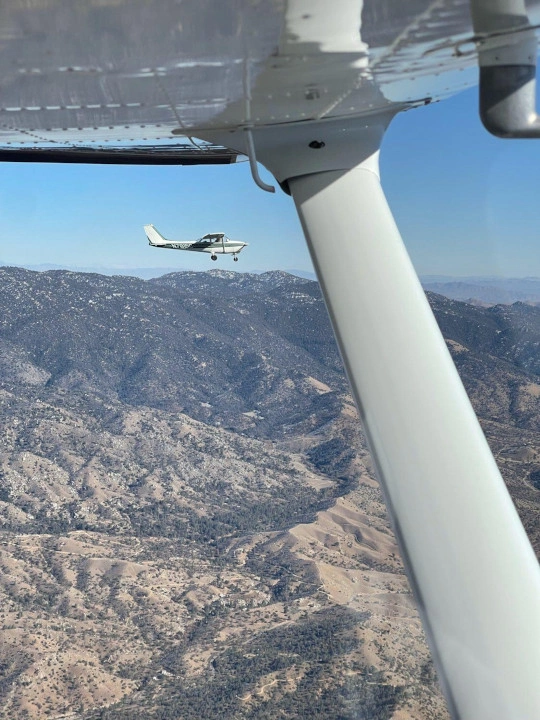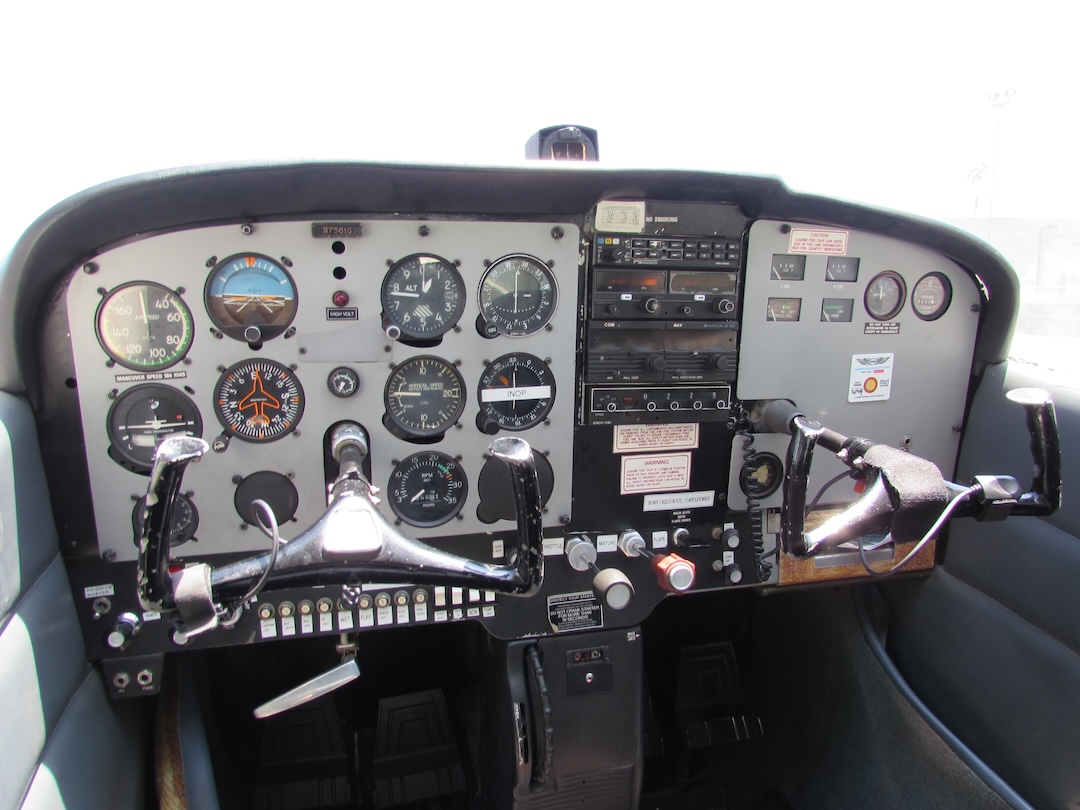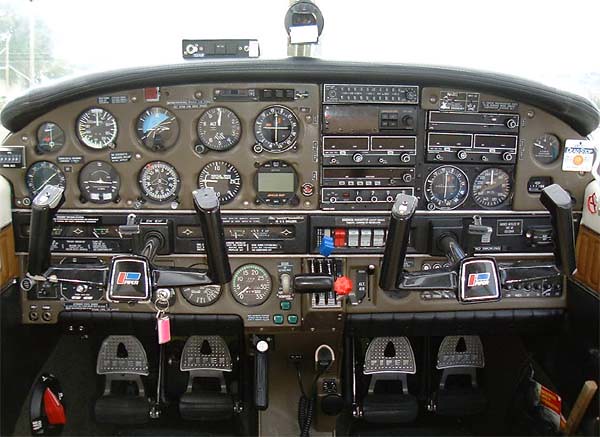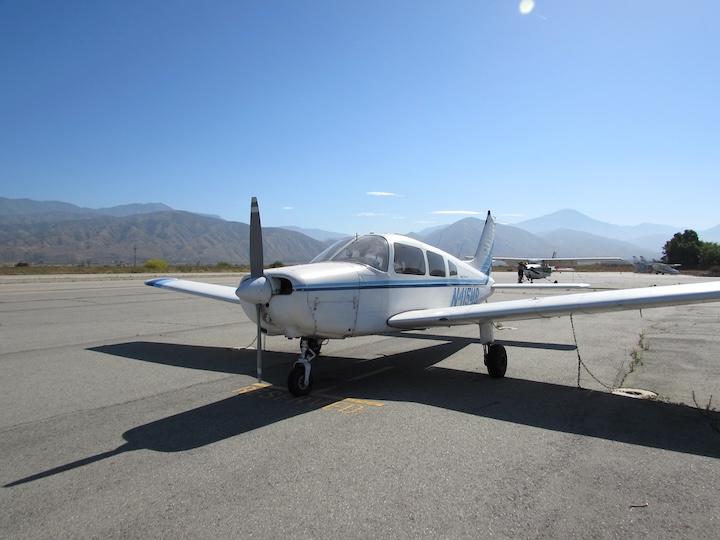
Understanding Flight Instruments for Safer Navigation
by Amanda Heveran
Flight instruments play an essential role in navigating safely and efficiently. At NextGen Flight Academy, we emphasize the importance of mastering flight instruments early in your training. This post will dive into the key flight instruments and their functions, and why understanding these tools is crucial for any aspiring pilot.
Core Flight Instruments: The Six-Pack
In every cockpit, six core instruments provide vital flight information:
-
Airspeed Indicator (ASI): The airspeed indicator measures how fast the aircraft is moving through the air. This instrument is crucial for maintaining safe flight speeds, ensuring the pilot avoids stall speeds or exceeding structural limits.
-
Attitude Indicator (AI): Also known as the artificial horizon, the attitude indicator shows the aircraft’s orientation relative to the horizon. It helps pilots maintain level flight, especially when visibility is limited.
-
Altimeter: The altimeter measures the aircraft’s altitude above mean sea level. Knowing your altitude is vital for maintaining safe clearances and navigating properly.
-
Vertical Speed Indicator (VSI): The VSI indicates the rate of climb or descent. This tool is important when making smooth altitude changes during flight.
-
Heading Indicator (HI): The heading indicator shows the aircraft’s direction and is a reliable tool for navigation. It is often more stable than the magnetic compass.
-
Turn Coordinator: This instrument shows the quality of turns and helps pilots maintain coordinated flight, ensuring turns are smooth and efficient.
Additional Flight Instruments
Modern aircraft are often equipped with additional instruments to further assist in navigation and safety.
- Magnetic Compass: The compass is the most basic navigation tool. Though subject to errors in certain conditions, it serves as an essential backup to the heading indicator.
- VOR, ADF, and GPS Systems: These advanced navigation systems provide pilots with additional tools for tracking courses and navigating in low-visibility conditions or over long distances.
- Engine Instruments: These include the tachometer, oil pressure gauge, and fuel quantity indicators. They are essential for monitoring the aircraft’s health and ensuring safe engine performance.
 Instrument panel of a Cessna 172L used for training at NextGen Flight Academy
Instrument panel of a Cessna 172L used for training at NextGen Flight Academy
Practical Tips for Mastering Flight Instruments
Mastering flight instruments requires practice, attention to detail, and dedication. Here are some practical tips to help you develop confidence in using these vital tools.
Get to Know Your Cockpit
Spending time familiarizing yourself with the layout of the cockpit is a great way to reduce stress and improve your comprehension of flight instruments. Whether in a simulator or during pre-flight checks, understanding where each instrument is located and how it functions is key.
Develop Instrument Scan Techniques
A common technique used by pilots is the “instrument scan,” which involves regularly checking all instruments to maintain situational awareness. By developing a systematic scan pattern, you can ensure that you are constantly aware of your aircraft’s performance and position.
 Piper Arrow instrument panel showing modern avionics at NextGen Flight Academy
Piper Arrow instrument panel showing modern avionics at NextGen Flight Academy
Instrument Flight Rules (IFR) Training
For pilots looking to advance their skills, obtaining an Instrument Rating (IR) is a significant step. At NextGen Flight Academy, we offer introductory flight experiences and full training programs designed to teach you how to safely operate under Instrument Flight Rules (IFR). IFR training goes beyond visual flying, teaching pilots how to navigate using only instruments in low-visibility conditions such as clouds or fog.
By mastering IFR procedures, pilots gain the skills and confidence needed to handle more complex flight situations, enhancing both safety and professionalism.
 N415MS aircraft used for instrument training at NextGen Flight Academy
N415MS aircraft used for instrument training at NextGen Flight Academy
Why Mastering Flight Instruments is Essential
Flight instruments provide vital information that can help pilots avoid dangerous situations, maintain safe altitudes, and navigate with precision. Pilots who have mastered these tools are better equipped to handle emergency scenarios, reducing the risks associated with flying. At NextGen Flight Academy, we provide in-depth instruction and hands-on training to ensure students gain the confidence needed to operate flight instruments effectively.
Ready to Begin?
If you’re eager to become a skilled and confident pilot, contact NextGen Flight Academy today to start your journey. From basic training to advanced instrument instruction, we have the programs and resources to help you achieve your aviation goals.